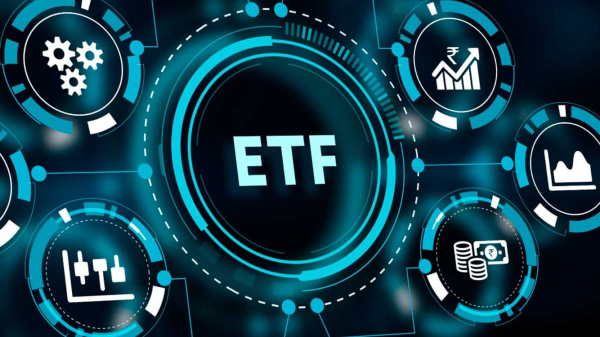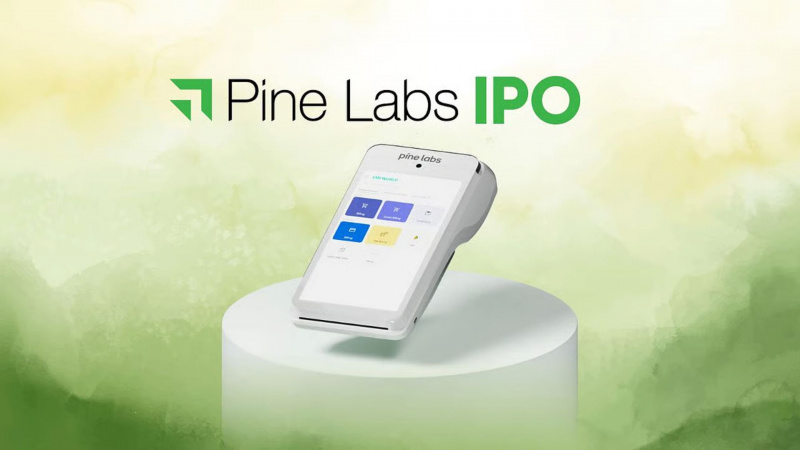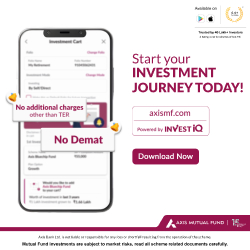Exchange-Traded Fund (ETF): A Practical Guide to Smart Investing
FAQs How do ETFs differ from mutual funds? ETFs trade intraday at market prices, while mutual funds transact once daily at NAV. What is an ETF’s expense
- by Anmol Chitransh 2025-04-17 10:18:20
Exchange-traded funds (ETFs) have revolutionized the way everyday investors access the markets. Registered under the Investment Company Act of 1940, ETFs pool money from multiple investors to buy stocks, bonds, or other assets—much like mutual funds—but trade on exchanges throughout the day at market prices. Here’s what you need to know before diving in.
What Is an ETF?
An ETF is essentially a basket of securities—say, the S&P 500, a bond portfolio, or a sector-specific slice of the market—that you can buy or sell on an exchange just like a single stock. Unlike mutual funds, which transact only once per day at net asset value (NAV), ETFs fluctuate in price as the underlying asset values and investor demand shift during trading hours.How ETFs Work
ETFs themselves don’t sell shares directly to retail investors. Instead, large institutions called “Authorized Participants” create or redeem blocks of ETF shares—typically 25,000–200,000 at a time—directly with the fund in exchange for the underlying assets. Retail investors trade those ETF shares on the open market at whatever price buyers and sellers negotiate.
Types of ETFs
-
Index-Based ETFs: Track a benchmark (e.g., S&P 500, Nasdaq-100) by holding the same components.
-
Actively Managed ETFs: Rely on a portfolio manager’s discretion rather than an index, aiming for a specific return objective.
Advantages of ETFs
-
Diversification: Instant exposure to dozens or hundreds of securities.
-
Lower Costs: Often cheaper expense ratios than comparable mutual funds.
-
Intraday Liquidity: Buy or sell throughout the trading day.
-
Transparency: Many index ETFs publish holdings daily.
Drawbacks of ETFs
-
Premium/Discount to NAV: Market price can diverge from NAV.
-
Liquidity Constraints: Some niche ETFs trade thinly, widening bid‑ask spreads.
-
Higher Fees for Active ETFs: Active management carries greater expense ratios.
Before You Invest
- Read the Prospectus: Understand objectives, strategy, fees, and risks.
- Check Liquidity: Look at average daily volume and bid‑ask spreads.
- Compare Costs: Expense ratios, brokerage commissions, and bid‑ask spreads all matter.
- Consider Tax Implications: ETFs can be tax‑efficient, but gains are still taxable.
- Seek Advice: A financial professional can help align ETF choices with your goals and risk tolerance.
ETFs offer a powerful blend of diversification, cost efficiency, and flexibility. But like any financial product, they require careful due diligence. Make sure you fully grasp how an ETF operates, what it holds, and how it fits within your broader portfolio before you invest.
Also Read: Equity Funds vs Debt Funds – Which Investment is Better?
FAQs
- How do ETFs differ from mutual funds?
ETFs trade intraday at market prices, while mutual funds transact once daily at NAV. - What is an ETF’s expense ratio?
It’s the annual fee (as a percentage) that covers management and operational costs. - Can I lose money in an ETF?
Yes—if the underlying assets decline in value, your ETF shares do too. - Are all ETFs passively managed?
No—some ETFs use active managers who select holdings to meet specific goals. - What causes an ETF to trade at a premium or discount?
Supply and demand imbalances relative to the ETF’s NAV can drive market price away from NAV. - How tax-efficient are ETFs?
ETFs often use in-kind redemptions to minimize capital gains distributions, making them generally more tax‑efficient than mutual funds.

POPULAR POSTS
Best Silver Investment Platforms for 2025: From CFDs to Digital Vaults Explained
by Shan, 2025-10-23 12:22:46
Best Investment Plans in India for 2025: A Complete Guide to Grow and Protect Your Wealth
by Shan, 2025-09-18 10:20:46
Which venture capital firms are the most active in funding Indian startups in 2025
by Shan, 2025-08-06 10:42:11
Top 5 Apps to Buy Digital Gold in India (2025): Safe, Simple & Secure
by Shan, 2025-08-01 10:24:51
10 Highest Dividend Yield Stocks in August 2025
by Shan, 2025-07-28 09:31:02
The Ultimate Guide to Commodity Trading: Strategies, Risks, and Opportunities
by Anmol Chitransh, 2025-04-02 07:06:01
Top 10 Audit Companies in India for 2025: Your Ultimate Guide
by Anmol Chitransh, 2025-03-03 07:20:42
RECENTLY PUBLISHED

Loan EMIs to Drop as RBI Slashes Repo Rate - Full MPC December 2025 Highlights
- by Shan, 2025-12-05 11:49:44

The Agentic Revolution: Why Salesforce Is Betting Its Future on AI Agents
- by Shan, 2025-11-05 10:29:23

Pine Labs IPO 2025: Listing Date, Grey Market Premium, and Expert Outlook
- by Shan, 2025-11-05 09:57:07

Top 10 Insurance Companies in India 2026: Life, Health, and General Insurance Leaders Explained
- by Shan, 2025-10-30 10:06:42

OpenAI Offers ChatGPT Go Free in India: What’s Behind This Big AI Giveaway?
- by Shan, 2025-10-28 12:19:11





 Subscribe now
Subscribe now 